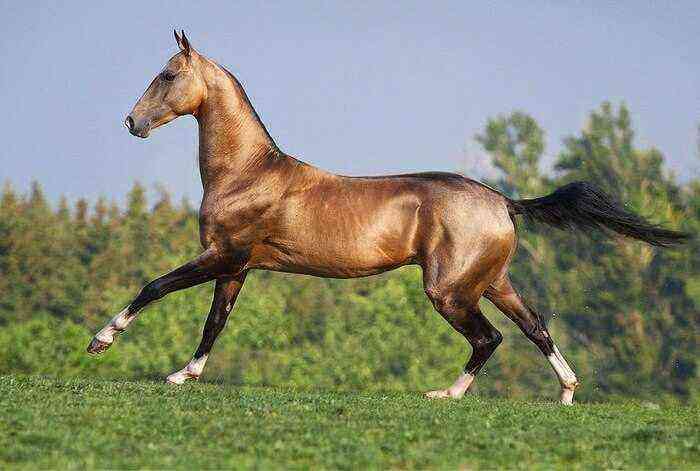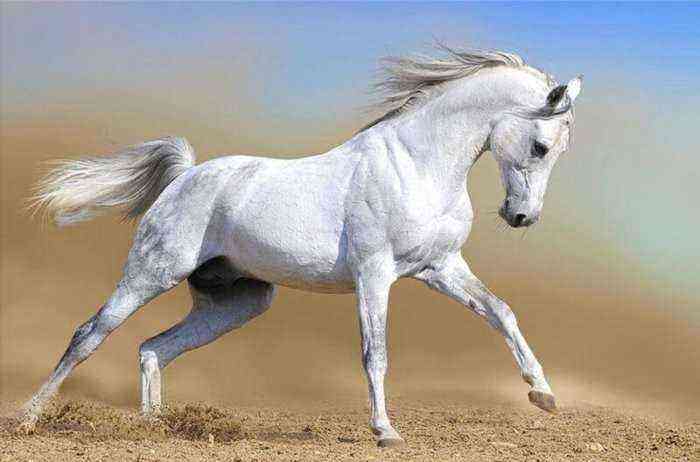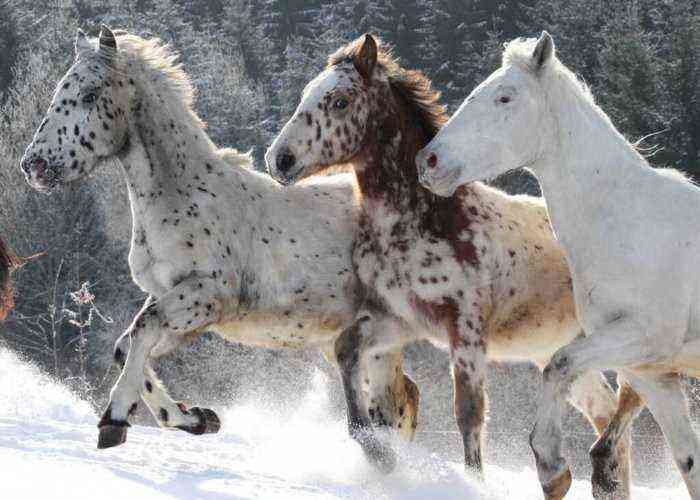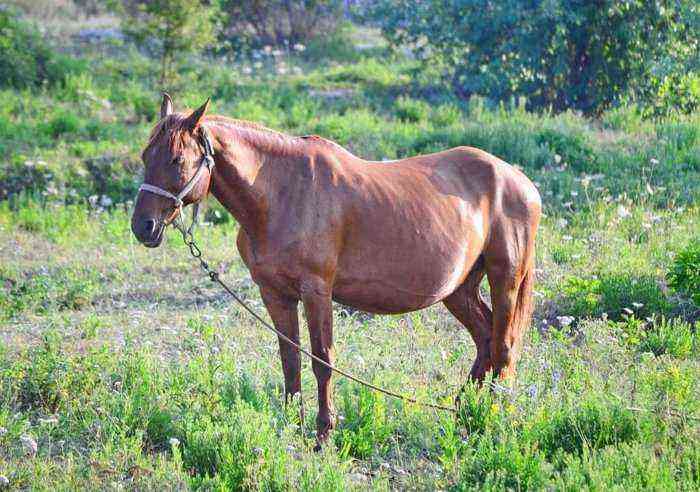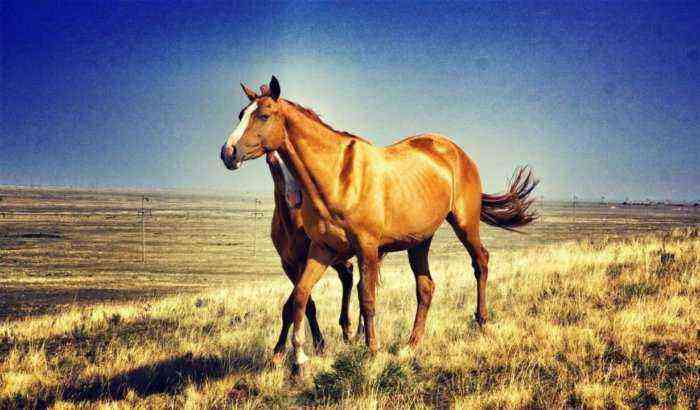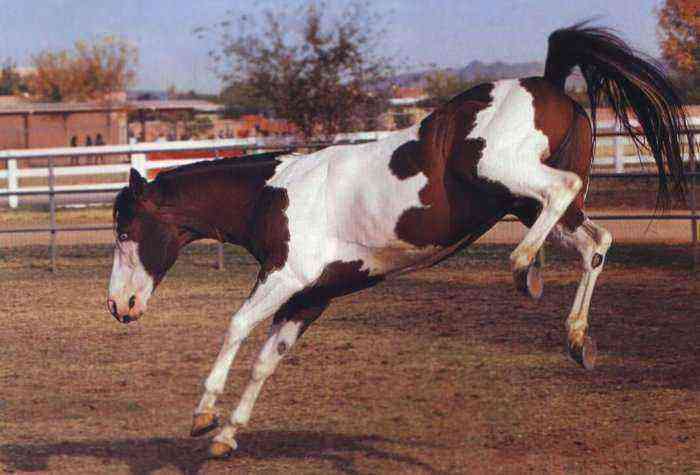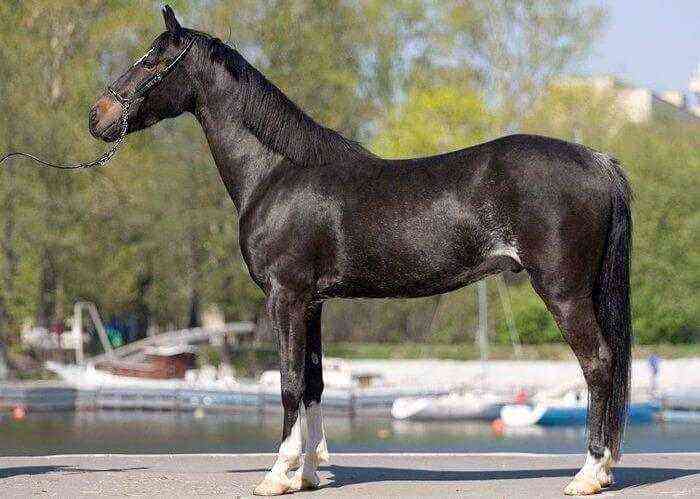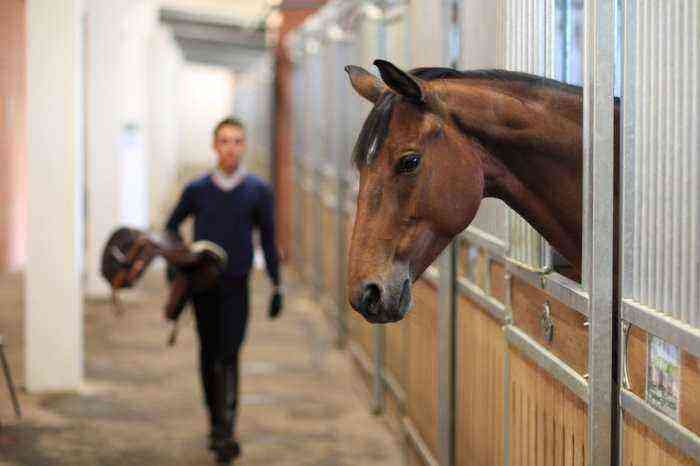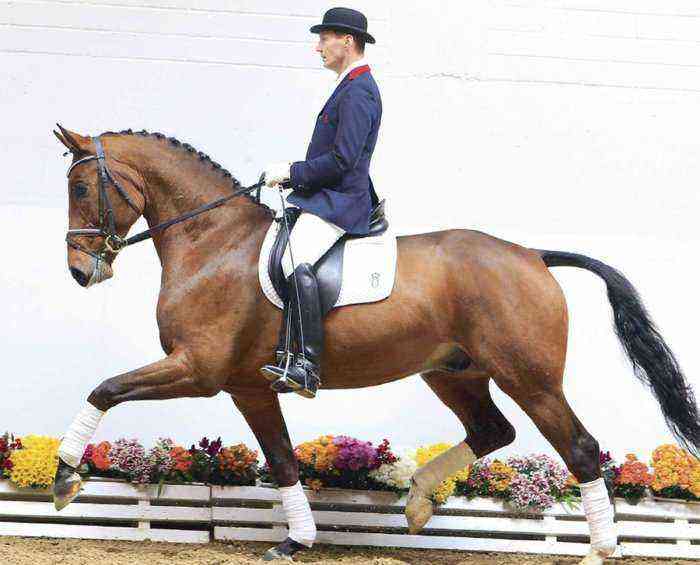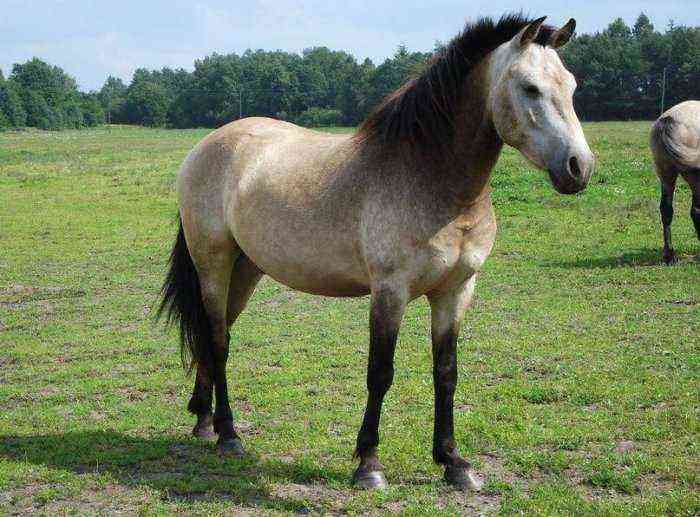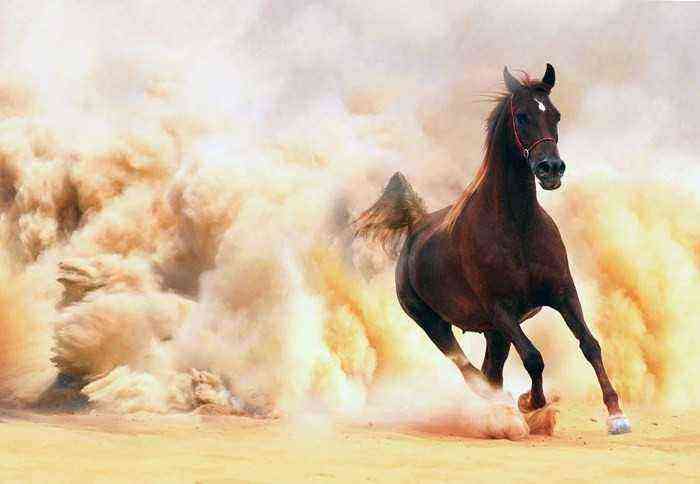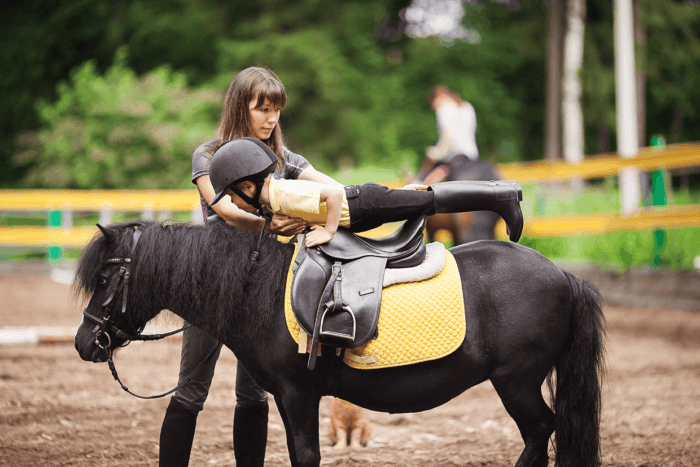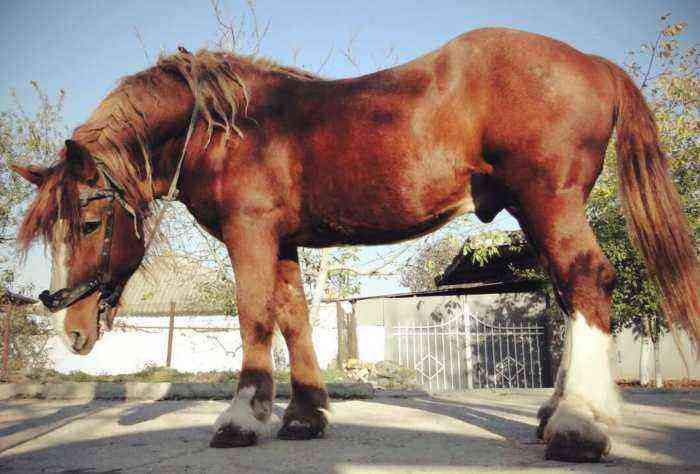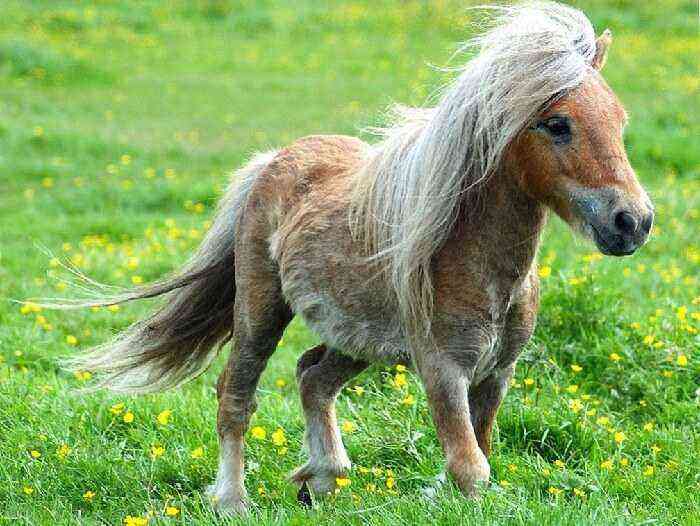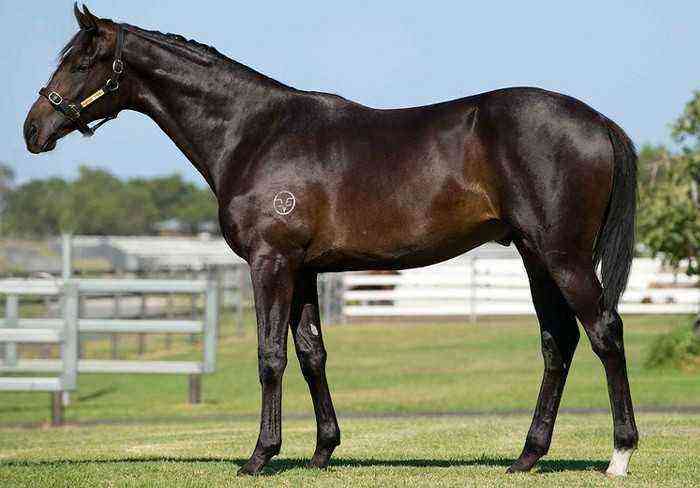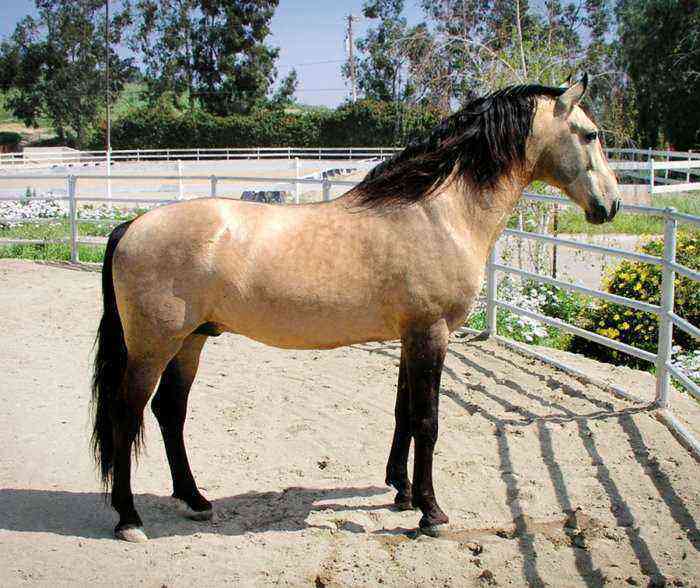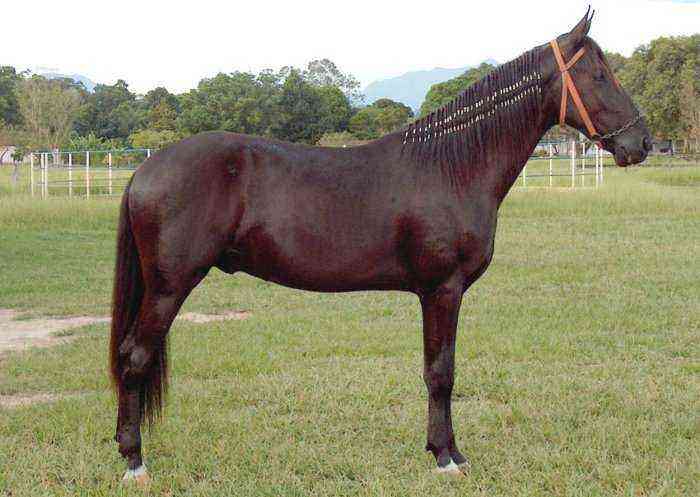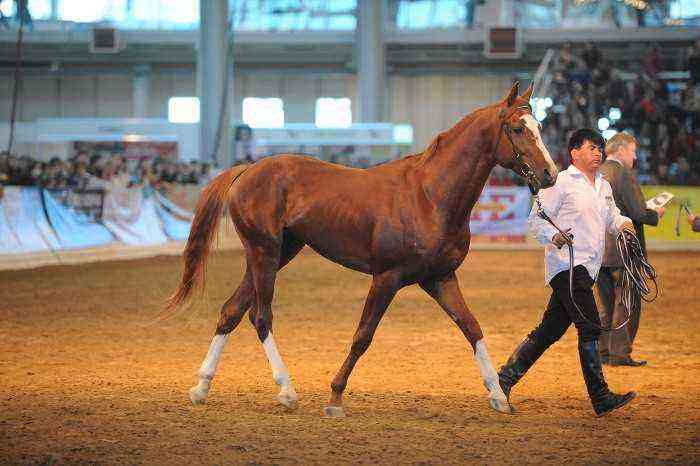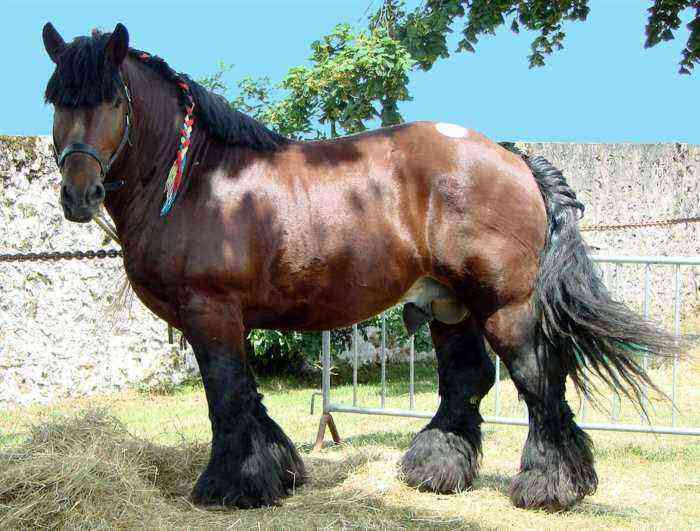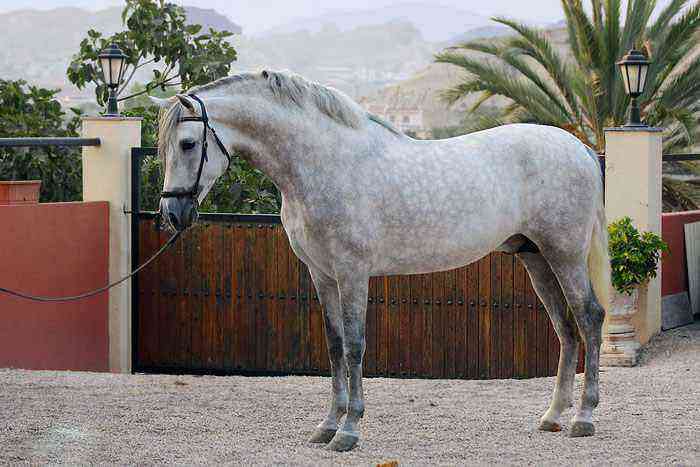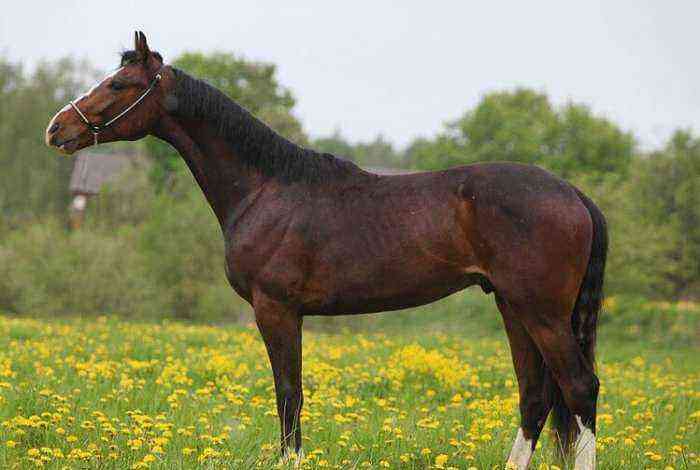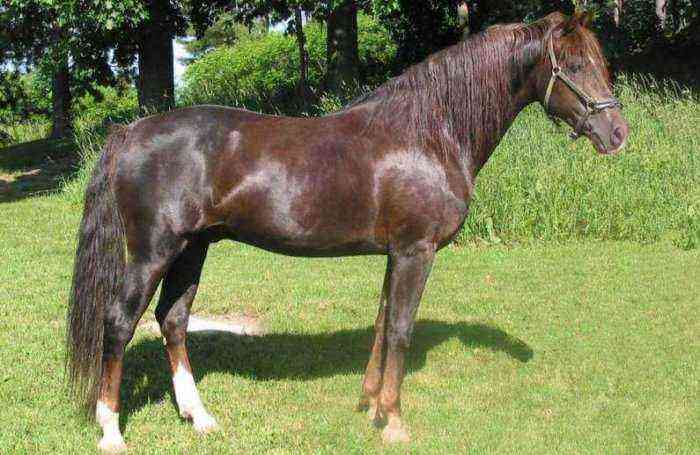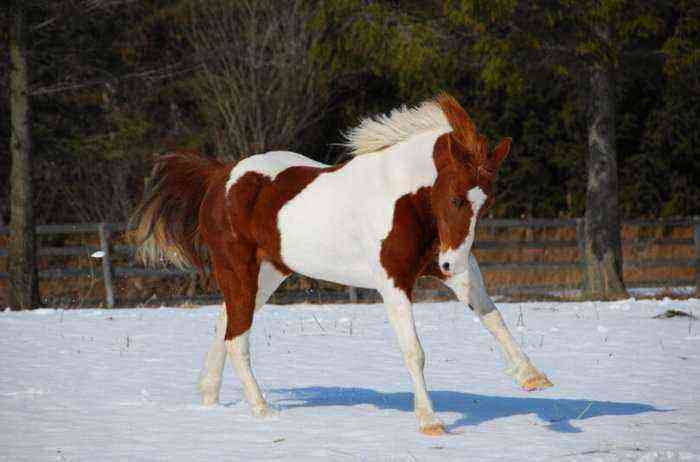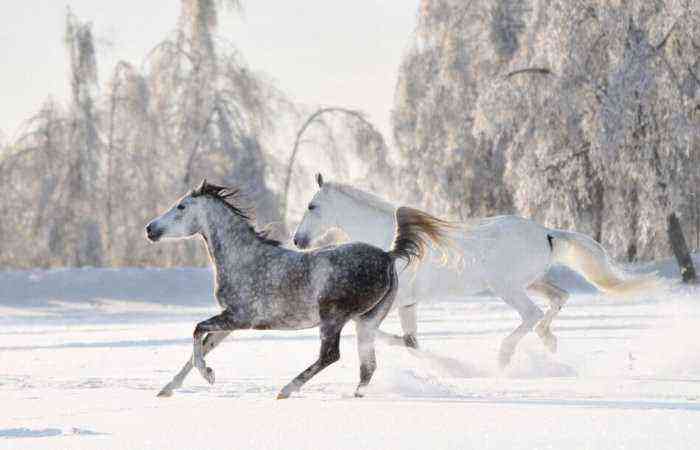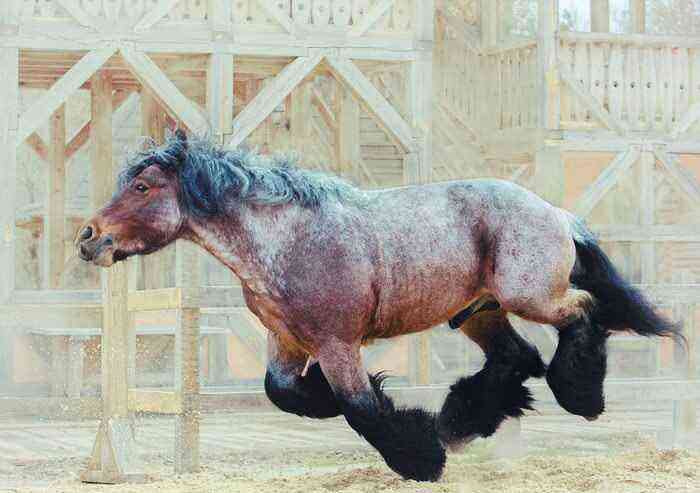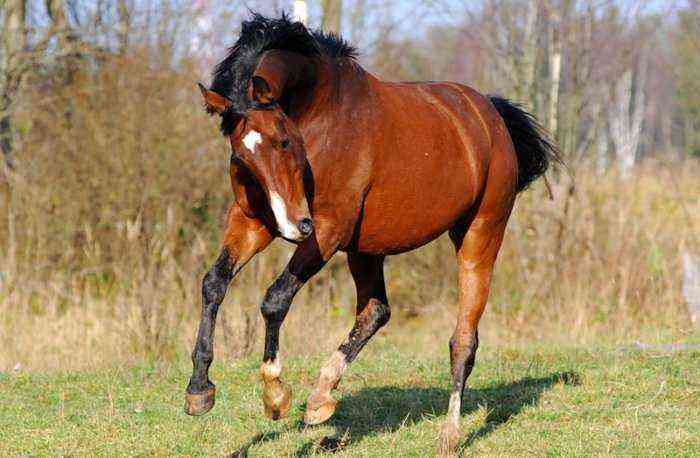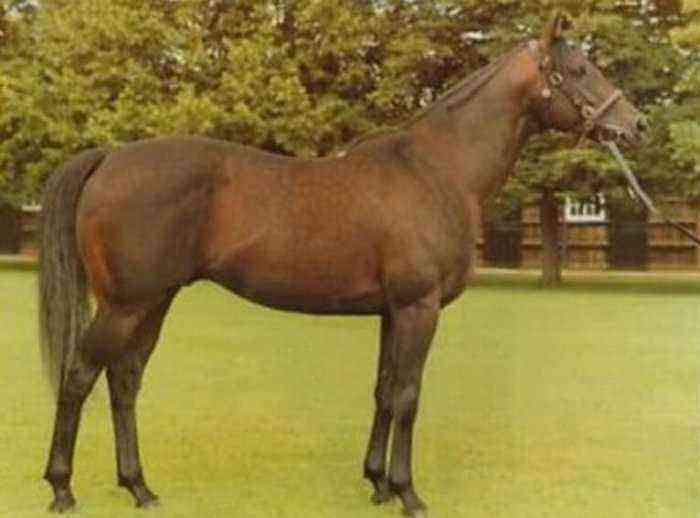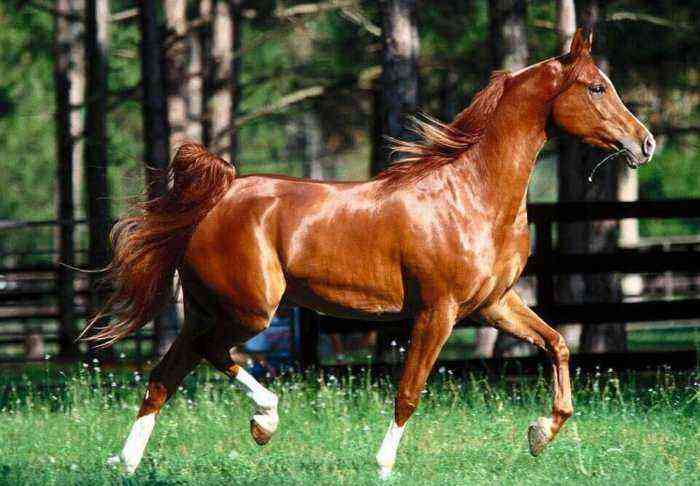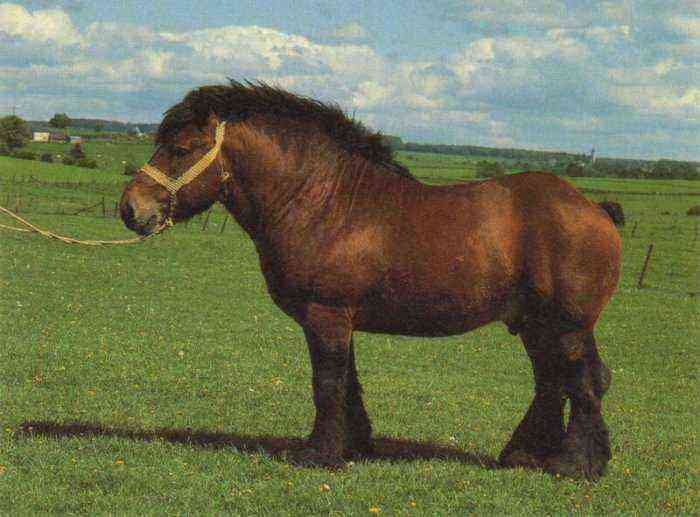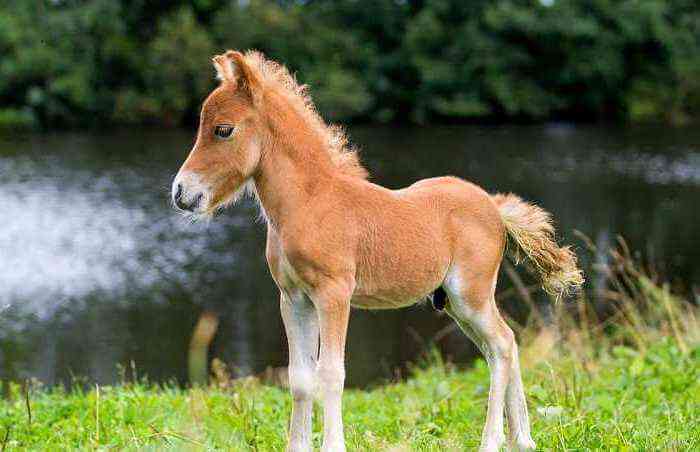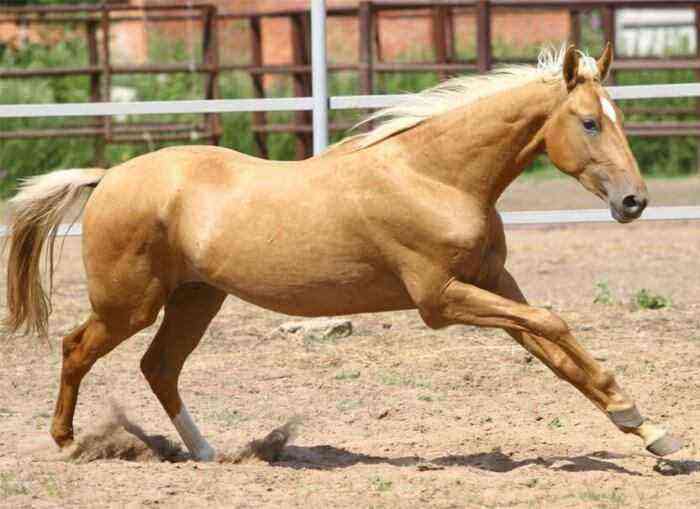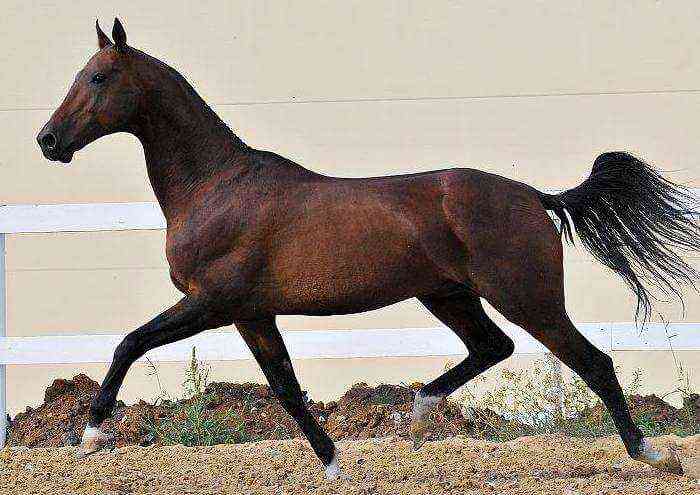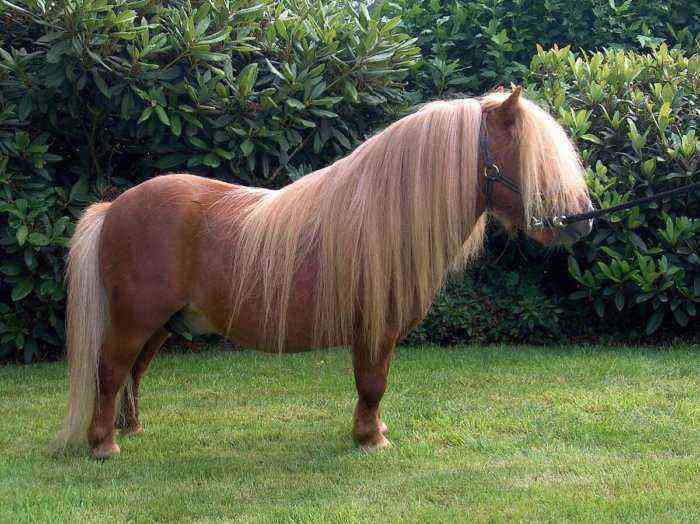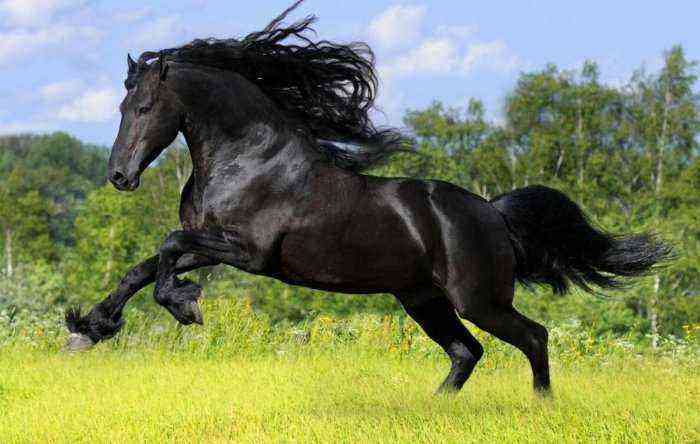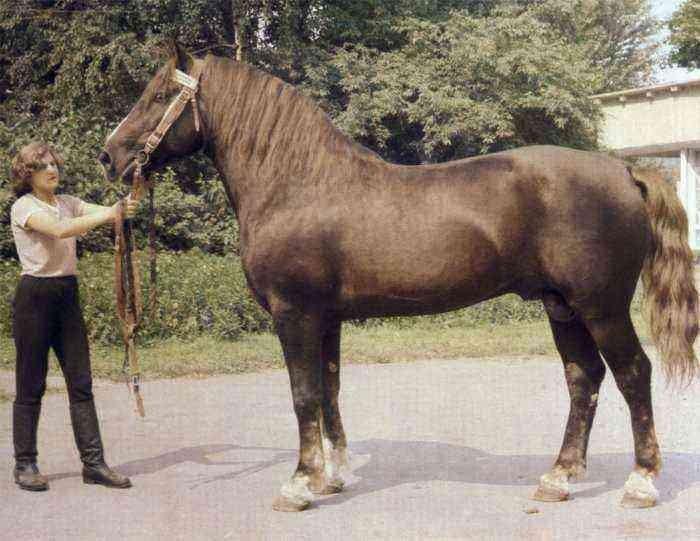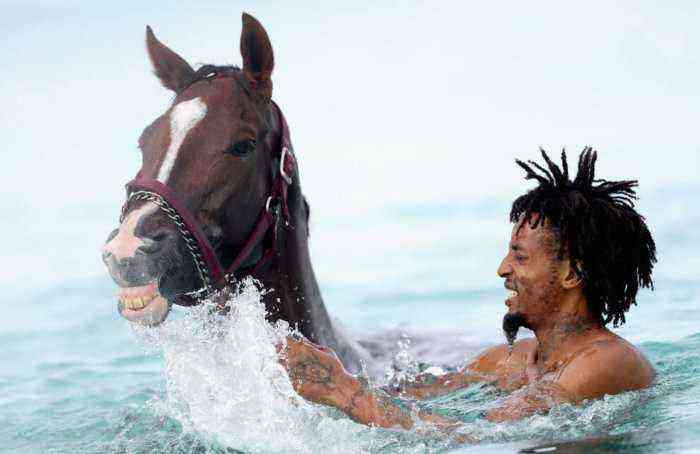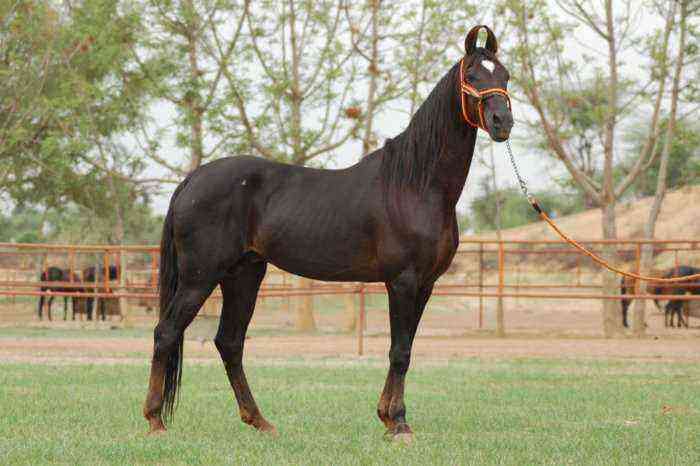Thoroughbred breeds of horses differ from all others in the dryness of the constitution, the thinness and lightness of the skeleton, the ardor of temperament and agility. These horses are designed for riding in the saddle and are used in professional equestrian sports. On the basis of purebred breeds, half-breed lines have been developed – racing and light-harness.
thoroughbred horse
What is the purity of the pedigree line?
According to the modern classification, purebred breeds are:
- Arabic;
- English riding;
- Akhal-Teke.
Attention! In English-language sources, Barbary horses of eastern origin are also included in this group.
The term “purebred” means that the breed lines are bred exclusively “in themselves”, without the influx of other bloodlines. The breeding books of these species have long been closed, and further selection is carried out in a clean manner.
What qualities do purebreds have?
Horses that are bred in purity of blood are characterized by exquisite beauty and grace. Their character cannot be called calm. These are proud and wayward horses, they need a special approach. For example, English riding horses are notorious for being difficult to train precisely because of their ardent temperament. Only a person with experience can ride them.
Akhal-Teke horses are known as proud animals that demand respect. They do not obey strangers, do not even let them near them, but show devotion to their master. Horses of the Arabian breed have endurance and perseverance. These are their dominant character traits. Thanks to them, horses are able to win at the races, competing with representatives of the English riding breed. The latter run faster, but get tired faster.
Description of purebred breeds
Arabian horse
This purebred breed was created in the 4th-7th centuries AD by the Arabs on the Arabian Peninsula. The Bedouins needed strong and hardy, as well as fast horses, because they were constantly nomadic. The Arabs approached selection work with all rigor, allowing only the best individuals to be bred. The conditions in which the animals lived tempered their character and made them tireless, strong and hardy.
Arabian horse
For a long period of time, Arabian horses did not leave the Arabian Peninsula, and they were forbidden to export and sell them to other countries under pain of death. During the Crusades, these glorious animals came to Europe. Their agility and beauty did not go unnoticed. Arabian horses immediately began to be used as improvers of horse breeds and the creation of new ones.
During the reign of Ivan the Terrible, horses came to the territory of Russia. Beautiful and hardy horses from Arabia were used to create the following breeds:
- Oryol trotter;
- Terskaya;
- archery;
- Andalusian;
- Lusitanian;
- Lipizzan;
- barbary.
Attention! Arab blood also flows in the veins of some heavy draft horses, for example, Percherons and Boulogne draft horses.
External characteristics
The average height of a purebred Arabian stallion varies between 1,54–1,56 m. The breed is characterized by a gray color, although there are horses with red, black and bay coat colors. Distinctive features of the breed:
- dry physique;
- graceful head with a concave profile;
- muscular chest;
- well-defined withers;
- long beautiful neck with a graceful bend;
- oblique shoulder blades;
- long slender and strong legs;
- a neat croup with a bushy tail set high, which assumes an almost vertical position during movement.
Attention! Arabian horses are able to walk about 160 km daily. They are distinguished by enviable endurance, unpretentiousness and strong immunity.
English riding
The English Thoroughbred breed of horses was created on the basis of local mares and stallions of oriental origin.
English Thoroughbred horse breed
It is not known for certain which breed lines the ancestors of the English horse belonged to. Some scientists suggest that they were brought from Turkey or the Arabian Peninsula, others consider the Akhal-Teke horse to be the progenitor of the race breed.
The names of the stallions from which the English Thoroughbred horse originated are known:
- Darley;
- Godolphin;
- Beverly.
These horses gave birth to descendants, to whom all the ancestral lines of English riding horses go back today. Their names were Eclipse, born in 1764, Matcham (b. 1748) and Herod (b. 1758).
Attention! The first volume of a breeding book for this breed was published in 1793. The second volume has been closed for a long time, it contains information about the descendants of the horses registered earlier. Only individuals with an impeccable pedigree are allowed for breeding.
External characteristics:
- the average stallion height is 1,65–1,75 m, and the weight is 450–600 kg;
- color is red, bay, black, gray;
- the body is shortened, muscular;
- the neck is long;
- the head is of medium size, the profile is even, the nostrils are dilated, the look is lively, expressive;
- oblique lines of the shoulders;
- deep chest;
- the limbs are dry and slender with the correct setting;
- the hair in the mane and tail is rather sparse.
Attention! Representatives of the English riding breed have a large heart, the weight of which reaches 6 kg. A powerful “motor” helps them develop a high running speed – about 70 km / h.
Akhalteke
The history of this breed is rooted in the distant past, when numerous tribes living in the territory of Central Asia domesticated horses and began to breed them. For the Iranian-speaking peoples, these animals were of great importance. Historians write that the cult of the horse was highly developed in the Transcaucasus and on the territory of modern Turkmenistan.
Akhal-Teke breed
In documents dated to the 2nd century BC. e., there are references to the ancient Ferghana horses. It says that they were descendants of the gods themselves, and therefore they were called “heavenly”. These animals were distinguished not only by their beauty, but also by other qualities – endurance and the ability to develop great speed. It is believed that the Akhal-Teke horses are descended from the Fergana and Davan horses.
External features and character
Representatives of this breed cannot be confused with other horses. These are graceful and refined animals with a proud disposition. The average height of a stallion reaches 1,6–1,67 m. The physique is dry, the lines are smooth and graceful. Consider the features of the exterior of the Akhal-Teke horses:
- the head is compact with an elongated muzzle and a straight or in rare cases hook-nosed profile;
- large almond-shaped eyes with an expressive lively look;
- the neck is long, curved;
- the chest is small, its girth is 1,75–1,9 m;
- the mane is not thick, moreover, not all Akhal-Teke horses have it;
- the body is elongated with a highly raised rounded croup;
- the limbs are dry and slender with well-marked joints.
Akhal-Teke horses have very thin and delicate skin through which blood vessels are visible. The coat is short and soft. The breed is characterized by a wide range of colors, but the most common are – carac, red, black, nightingale, brown. The Akhal-Tekes of Isabella color are especially beautiful. Their body in the light seems shiny, as if cast in gold.
Representatives of this breed are characterized by an ardent temperament. They are proud, smart and have a subtle nature. Earning their trust is not so easy, but if a person succeeds, the Akhal-Teke horse will never betray him.
Where are purebreds used?
Thoroughbred breeds of horses have qualities that help them win numerous victories in sports. Equestrian sport has been popular since the end of the 19th century. Representatives of the English riding breed line are used in smooth races. They have no equal in this direction. The speed of these horses at short distances reaches 69–70 km/h.
Akhal-Teke and Arabian horses cannot compete with English horses in running speed, but they have another advantage.. These animals show high results at long distances, thanks to their endurance. Representatives of purebred breeds are often used as improvers to obtain offspring with the desired traits.
Thoroughbred horse breeds have played an important role in the development of different breed lines. On their basis, over the centuries, the best riding, trotting and light-harness horses such as the Oryol trotter, Budyonnovskaya, Terskaya, Donskaya, Luzitanskaya and others were created.



